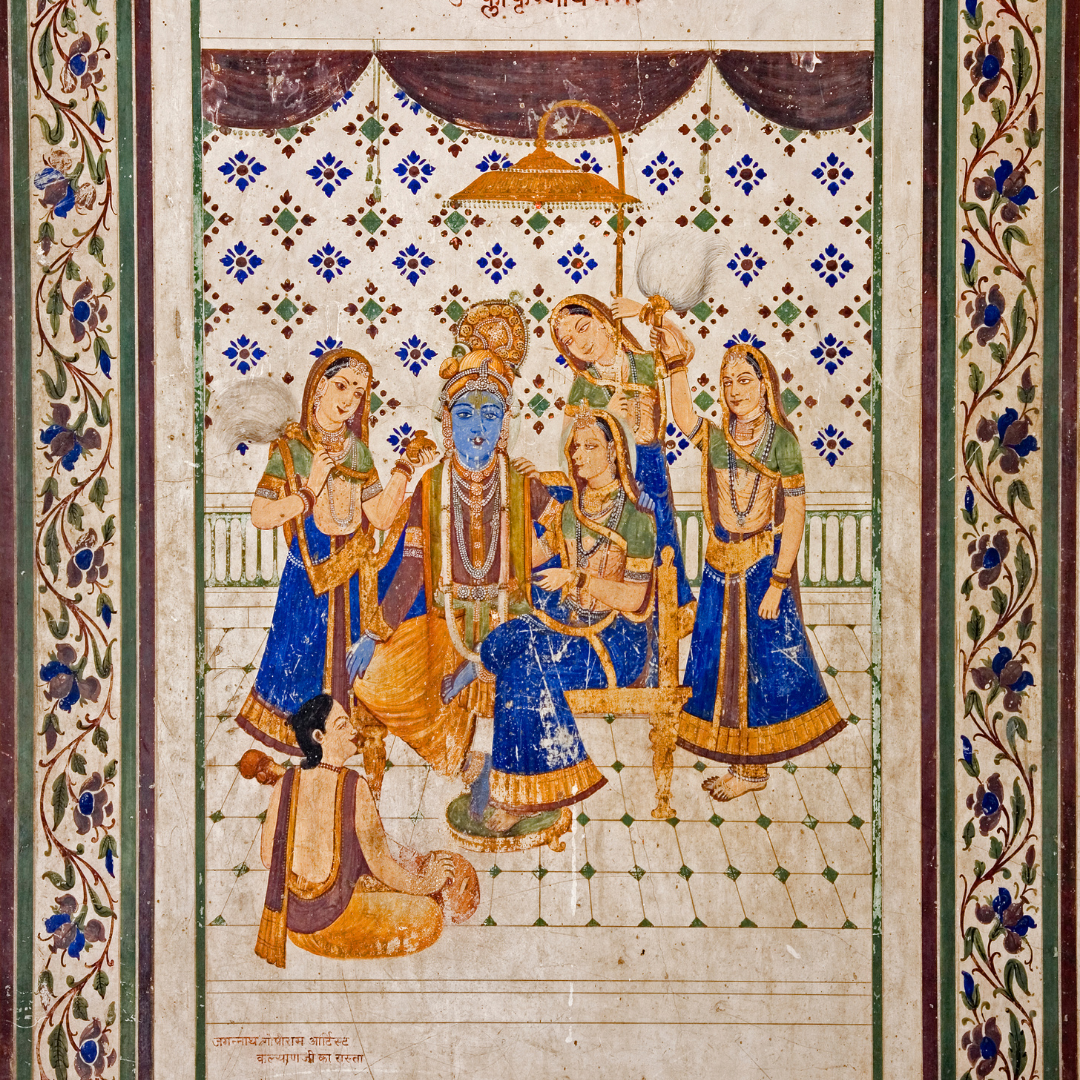The cultures of India are diverse. The territory is as vast as the continent of Africa, but the population is one of the smallest in the world, estimated at 1.2 billion people. However, that does not mean that there are not great riches in the artistic and cultural heritage of the country. The richness of the country is an intrinsic part of the country’s culture.
Indian art has a long history, and its roots are traced back to the Indus Valley civilization of 5000 BC. Indian visual art is a diverse, multifaceted, and extremely intricate art form. From the ancient murals to the contemporary paintings, the art of the country is diverse, yet it is constantly changing.
Indian art is filled with images of gods, statues, landscapes, and people. These works of art, over the centuries, have represented the beliefs and values of the majority of Indians. But just as the art world has changed with Indian society over time, there has also been a change in how the general public views Indian art.
The Indian subcontinent is renowned for its rich, varied, and beautiful art. From the exquisite images of the Ajanta and Ellora caves to the epic poetry of the ancient Sanskrit texts to the music of the Hindu Raga and the visual treat that is Nepali, there is so much to explore.
India has the distinction of being the place where the earliest known works of art were made: the prehistoric painted rock paintings in the caves of Ajanta and Ellora. These works contain some of the most amazing images in the world, from sun worship and the human form to animals, boats, and, of course, dancing girls.
We come from a vast country of immense beauty and culture, which is home to diverse people and a myriad of sights, sounds, and tastes. It’s no surprise that some of the world’s most renowned frescoes, paintings, and sculptures have been made in India. One such example of Indian art is the ancient Buddhist frescoes of Ajanta in India. These frescoes are often described as the most beautiful in the world and are named after the famed Ajanta caves. Frescoes of Ajanta depict the life of the Buddha. The paintings were made in the 2nd century CE and depicted stories from the life of Buddha.
Indian art has been described as the “voice of the subcontinent” for centuries. While there’s no denying that the works of artists like M. F. Hussain, Ustad Mansoor, and Bhupen Khakhar are just as important as any work done by westerners, Indian art has also been a significant influence in the art world. This influence is perhaps most apparent in the post-modern period when artists like Chihuly greeted the audience with “lobster-like” forms and conceptual pieces that questioned the traditional narrative of the western canon.
It’s impossible to write about Indian art without mentioning its religious imagery, which is often stunning and sometimes controversial. The fact that Indian artwork is often religious doesn’t mean it’s separate from the world of fine art, though. Indian art can be viewed simultaneously as a spiritual and cultural experience, and there is a lot to learn about Indian art beyond that.
For more than 5,000 years, Indian art has influenced the world. From monumental temple sculptures to delicate miniature paintings, Indian art has profoundly affected the development of art in other countries across the globe. While many of us may have heard of ancient Indian art, our knowledge of it is limited, and we often don’t even know what to look for while viewing it.
Indian art is often representative of our culture since we are largely a visual culture and the beauty of our art reflects our people’s unique sense of beauty. From the ancient temples of Ajanta and Ellora to the contemporary glass art of Lalit Kala in Jodhpur, India’s art is a window through which we can view our history and culture.
The Indian art scene has become one of the most dynamic, exciting, and influential in the world. It continues to grow, evolve, and transform itself, driven by the people’s passion and vision and the artisans’ desire to explore new artistic paths and technologies.
